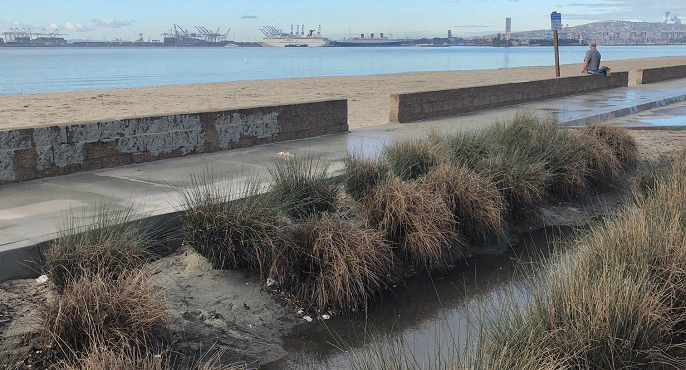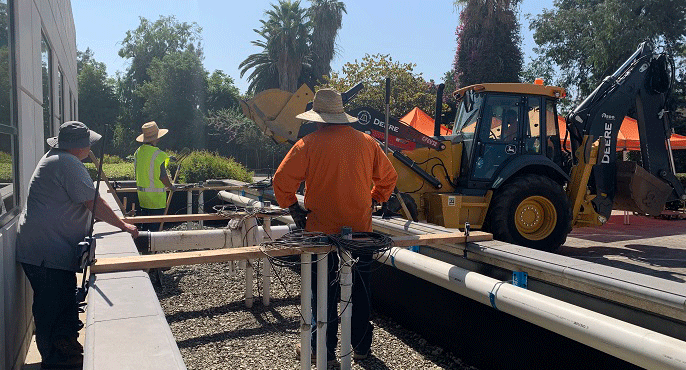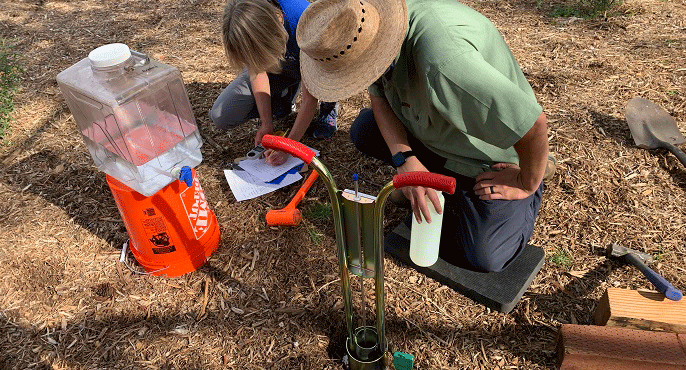![]() Stormwater BMPs (best management practices) are a disparate collection of management solutions for controlling the quality and quantity of water that runs off the land, both during wet and dry weather. BMPs, also known as stormwater control measures, encompass constructed solutions like bioswales, as well as programmatic changes like enhanced street sweeping. Southern California’s stormwater management community is expected to spend billions of dollars on stormwater BMPs in the coming decades to reduce contamination levels in runoff and better control how water runs off the land. However, relatively little is known about how to optimize these investments.
Stormwater BMPs (best management practices) are a disparate collection of management solutions for controlling the quality and quantity of water that runs off the land, both during wet and dry weather. BMPs, also known as stormwater control measures, encompass constructed solutions like bioswales, as well as programmatic changes like enhanced street sweeping. Southern California’s stormwater management community is expected to spend billions of dollars on stormwater BMPs in the coming decades to reduce contamination levels in runoff and better control how water runs off the land. However, relatively little is known about how to optimize these investments.
SCCWRP is pursuing comprehensive, solutions-focused BMP research to clarify for Southern California’s stormwater management community how to design and implement maximally effective BMPs at both the site and watershed scale. Guiding all of SCCWRP’s stormwater BMP work is a focus on protecting downstream water quality and supporting healthy ecosystems.

Intervening to better manage runoff
For decades, SCCWRP has focused on comprehensively documenting the sources, fates and effects of runoff contamination across Southern California. Armed with these foundational insights, SCCWRP has transitioned to studying the performance effectiveness of BMP field solutions for managing runoff water quality. SCCWRP is examining how stormwater BMPs influence multiple aspects of the ecological health of receiving water bodies, from water chemistry to hydrology to biology and physical habitat. SCCWRP’s BMP research focuses on four main areas:
- Understanding BMP mechanisms and processes: SCCWRP is working to quantify how different BMP mechanisms and processes modify runoff flow characteristics and treat various levels and types of pollutants in runoff.
- Developing design criteria for BMPs: SCCWRP is developing tools and strategies that enable managers to optimally design and implement specific BMPs in specific geographic and environmental settings.
- Optimizing long-term BMP performance: SCCWRP is developing strategies for monitoring and maintaining BMPs to maximize their long-term performance effectiveness.
- Maximizing watershed-scale benefits: SCCWRP is working on frameworks and solutions that help managers optimally use the synergistic effectiveness of BMPs to protect and improve overall watershed health.

Aligning with big-picture ecosystem goals
Inherent in all of SCCWRP’s BMP research is working through the complex challenges and tradeoffs associated with managing runoff. For example, when managers implement BMPs to redirect runoff into groundwater, these BMPs have the potential to replenish groundwater supplies, but they also can contaminate groundwater. Similarly, BMPs can reduce erosion risks, but they also can starve streams of the flows needed to sustain sensitive species and habits. SCCWRP is helping managers use sound science and engineering to consistently make informed BMP investment decisions.

